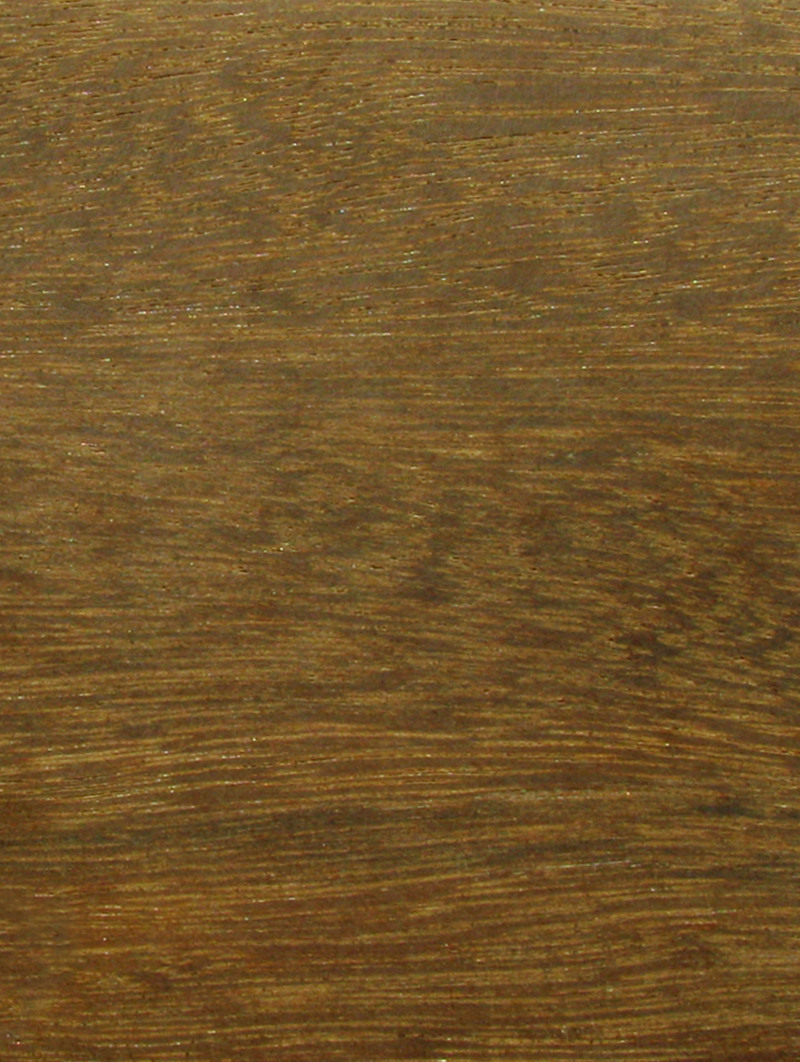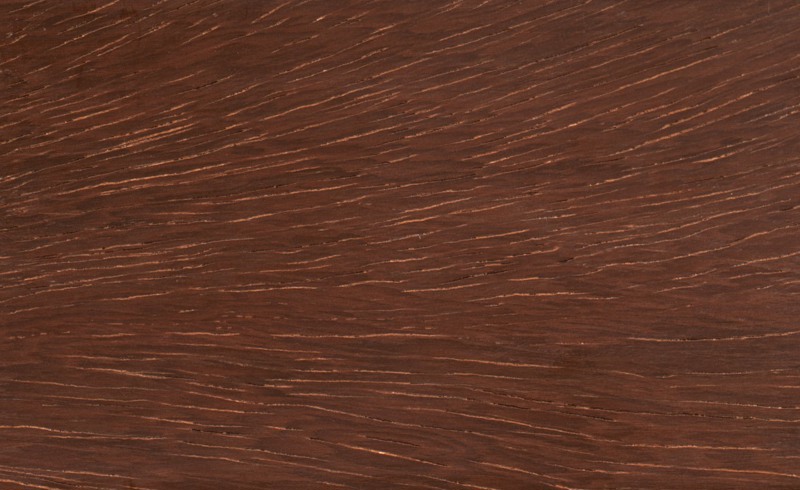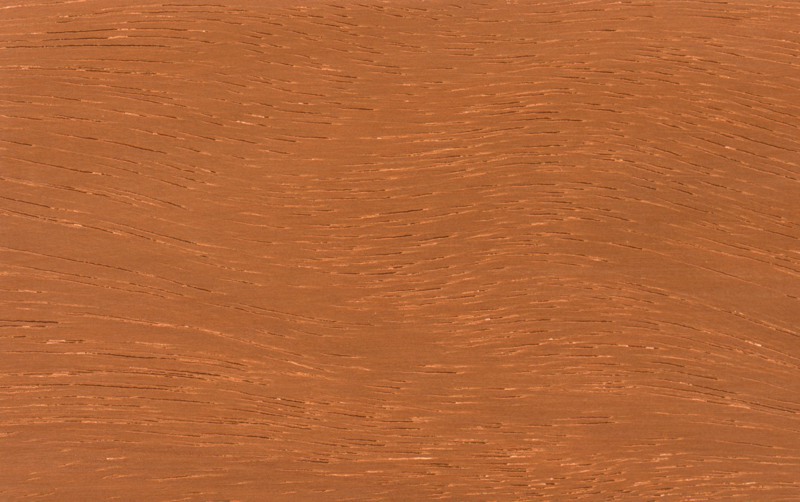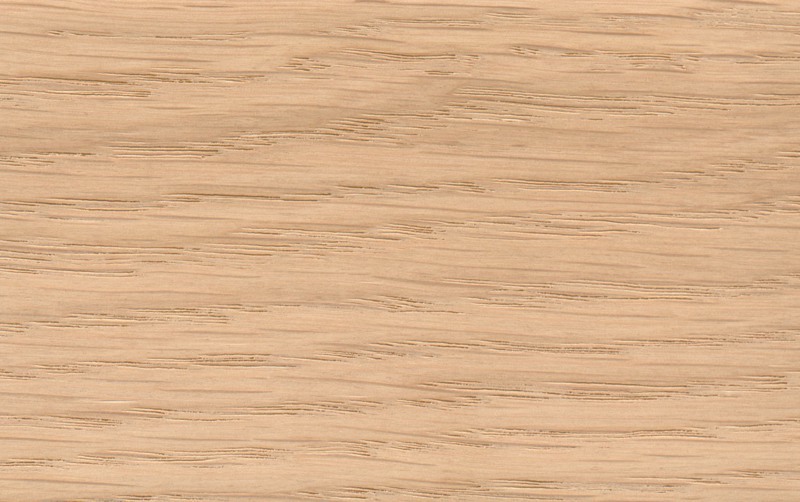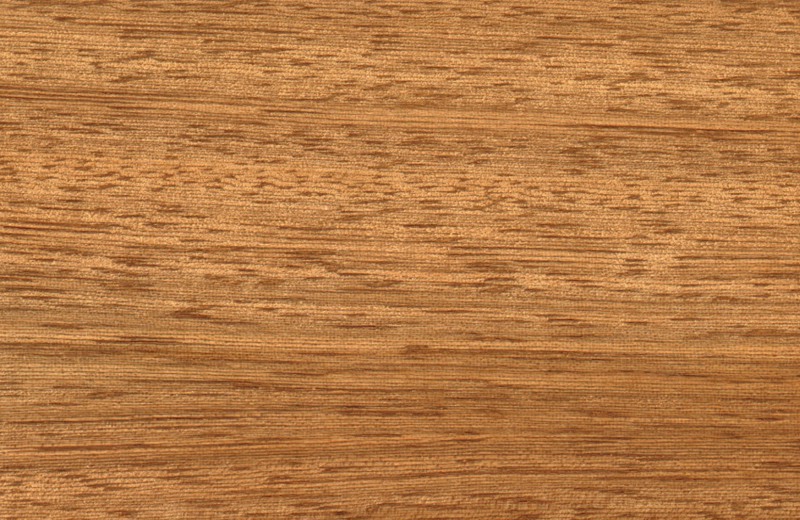
Basralocus wood
Basralocus is a sustainable and durable tropical hardwood native to Suriname, Guyana, and Brazil. The heartwood is characterized by its distinctive golden to rusty brown color, often with a reddish glow, which contrasts beautifully with the pale grey sapwood. Renowned for its exceptional resistance to marine borers and decay fungi in temperate climates, Basralocus wood has become a preferred choice in hydraulic engineering and marine construction projects.
Basralocus wood
Basralocus is a tropical hardwood species from the rain forests of Suriname and Guyana. The heartwood can be recognized by its rust-brown to mahogany color. This forms a striking contrast to the 30-60 millimeter thick sapwood, which is initially light grey in color. This species of wood is widely used in civil engineering because of its exceptional resistance to ship worm. It is suitable for projects that need to withstand a tough environment and give a long service life.
Applications of Basralocus
Basralocus is ideally suited for use as piles and fenders in hydraulic engineering. Basralocus is in use in the port of Rotterdam where Hupkes Wijma have supplied harbor piles, with lengths of up to 18 meters. This timber species can withstand the constant tidal load and salt water environment. In addition, Basralocus is used in the following marine construction applications:
- Fender systems;
- Piers and Jetties;
- Waling beams;
- Groynes
- Decking
- Street furniture
Due to its longevity, workability and uniform color, Basralocus has a wider range of end uses than many competing species.
Characteristics of Basralocus wood
Name
Basralocus, scientific name: Dicorynia guianensis
Alternative names
Angélique, Wamaradan
Appearance
Rusty brown to mahogany
Quality requirements
Basralocus is listed in NEN 5493 'Quality requirements for hardwood in civil engineering works and other structural applications'.
Strength class
Basralocus is classified as a D24 (NEN-EN1912) when graded according to NEN 5493
Density
Fresh 1000-1150 kg/m3
Durability classes
- Table 1 (Fungi): 2
- Table 2 (Wood boring beetles): D
- Table 3 (Termites): M
- Table 4 (Marine organisms): D
According to NEN-EN 350:2016
Detailed technical properties
Alternative timber species
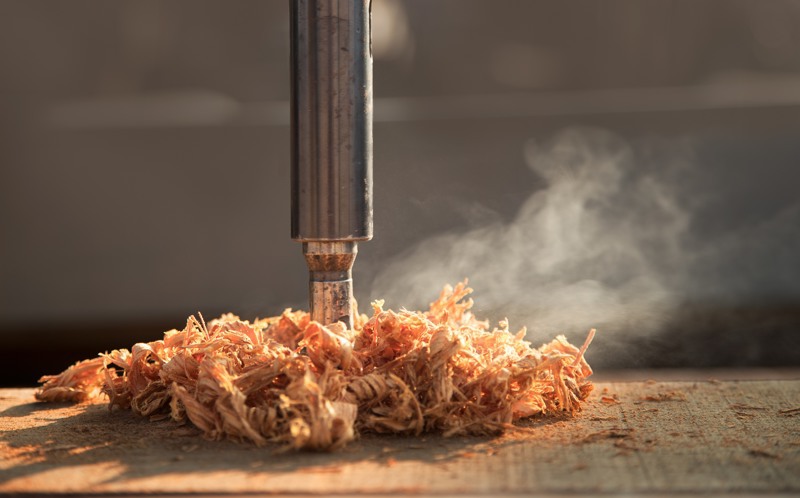
Basralocus wood: a sustainable choice
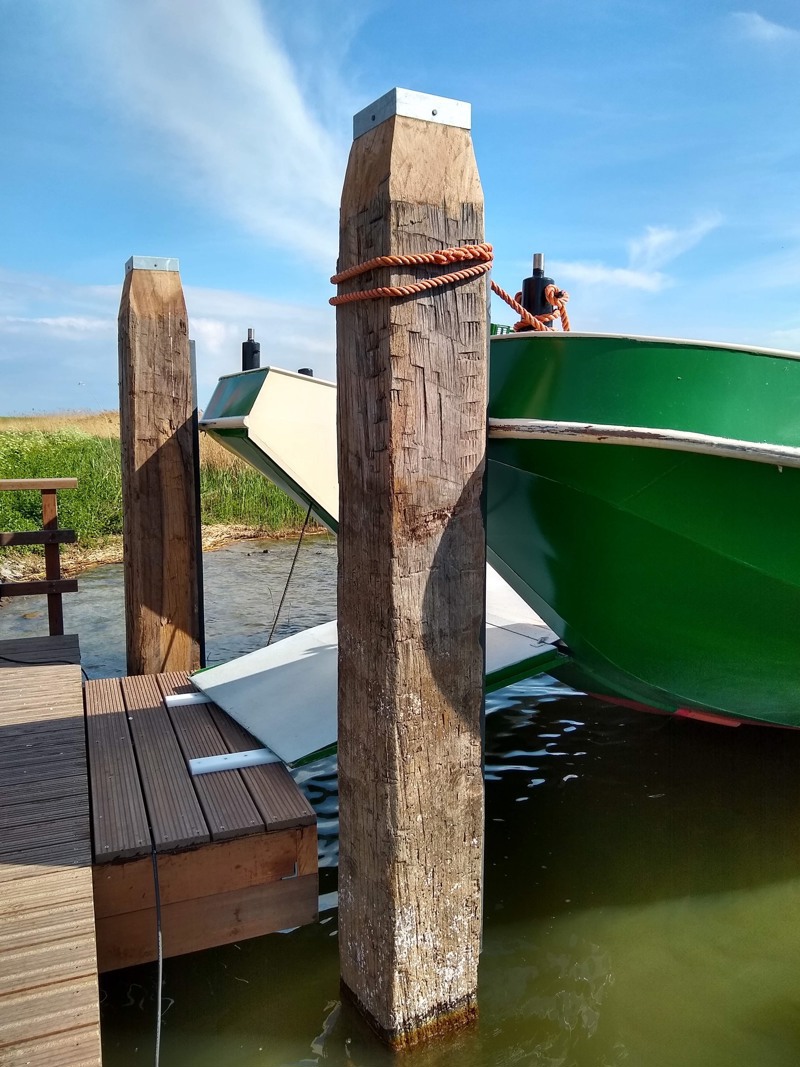
Request more information from Hupkes Wijma
If you would like to know more detail about the technical properties and available specifications of Basralocus lumber for your project, please contact us today and we would be pleased to help.
